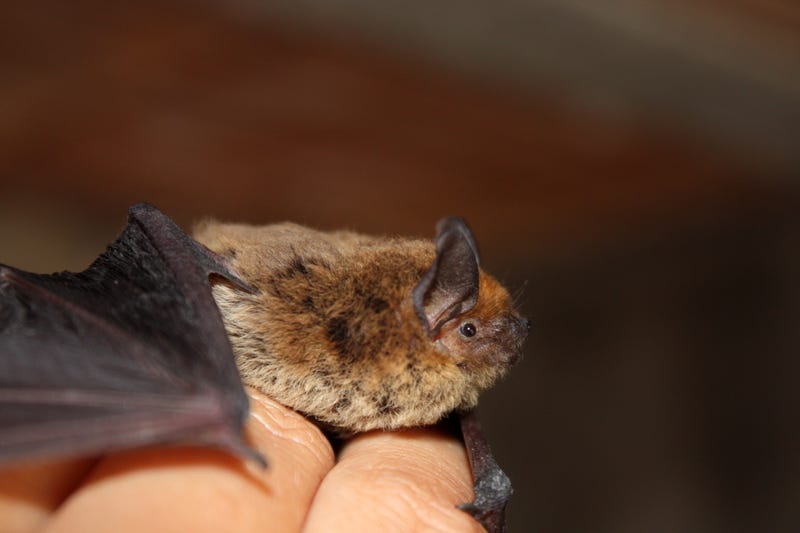
PHILADELPHIA (KYW Newsradio) — The little brown bat, once the most common species in Pennsylvania, is now on the state’s endangered list due to a deadly fungus.
The fungus, called white-nose syndrome, has actually been spreading in the commonwealth over the last 15 years. Environmentalists noticed populations had started to decline due to the pathogen.
The fungus thrives in caves — a retreat where bats spend most of their time, according to Doug Wentzel, program director and naturalist at Penn State’s Shaver’s Creek Environmental Center in the Stone Valley Forest, located about 13 miles south of State College.
“[The fungus] is passed from bat to bat,” he explained. “It exhausts their fat supplies that allow them to make it through this period of hibernation in the winter. So the bats were getting restless and burning through their fat, and many began to die.”
RELATED
Bats eat lots and lots of insects at night, so fewer of them flying around means we are missing that from the landscape.
However, there is still optimism for the flying mammals. Although endangered, Wentzel said little brown bats won’t go extinct — some have even shown resistance to white-nose syndrome. Biologists with the Pennsylvania Game Commission have been monitoring the bats and working to identify successful colonies.
“It’s one of those wildlife stories that many people don’t really think about or have heard about, but it is certainly a calamity for little brown bats and people who enjoyed seeing them in the sky,” Wentzel added.


